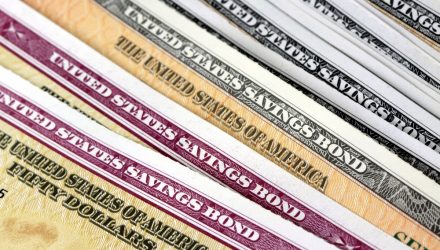For the first half of 2022, bonds have been seemingly in lockstep with stocks as inflation fears applied selling pressure on debt markets as the U.S. Federal Reserved hiked rates. Now, investors are returning to bonds, giving prospective investors an opportunity to reallocate capital into fixed income again.
“Investors are pouring money into bond funds—a reversal from a trend seen for most of this year—and it has vast implications for financial markets,” a Barron’s article said.
Investors have a vast array of options when it comes to bonds and bond-focused exchange traded funds (ETFs). Speaking to the latter, active management strategies, such as those employed by a pair of American Century ETFs, can help investors navigate the tricky bond market.
For added yield, corporate bonds can offer investors additional income opportunities. With a 4.34% 30-day SEC yield (as of June 30), consider the American Century Diversified Corporate Bond ETF (KORP), which also offers added diversification in holdings of mostly investment-grade quality.
The fund seeks current income by emphasizing investment-grade debt while dynamically allocating a portion of the portfolio to high yield. Per its product website, KORP creates a systematically managed portfolio that integrates fundamental and quantitative expertise that:
- Adjusts investment-grade and high yield components to balance interest rate and credit risk.
- Screens individual credits to seek those with sound fundamentals, reduced default risk, attractive valuations, and liquidity.
- Adjusts industry and duration exposures as risks and opportunities emerge.
A Muni Bond Option
Municipal bonds are also another option, giving investors fixed income that’s free from federal taxes. Also using an active management strategy, a fund to consider is the American Century Diversified Municipal Bond ETF (TAXF).
The fund seeks to provide consistent tax-free income by employing an active, research-driven process that draws from across the municipal bond universe and adjusts exposure depending on prevailing market conditions. As with local government bonds in the U.S., credit risk is minimized with close to 80% of the fund ranging in debt rated at AAA to A (as of May 31).
The fund features a 30-day SEC unsubsidized yield of 2.83% as of June 30. To cost-conscious investors wondering whether the active management component will prove to be too expensive, TAXF’s expense ratio comes in at just 0.29%.
For more news, information, and strategy, visit the Core Strategies Channel.


